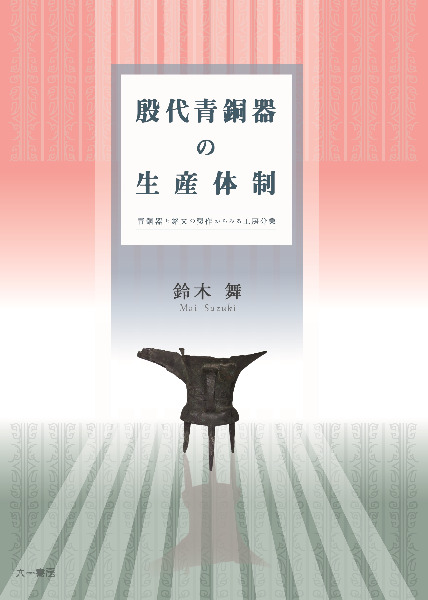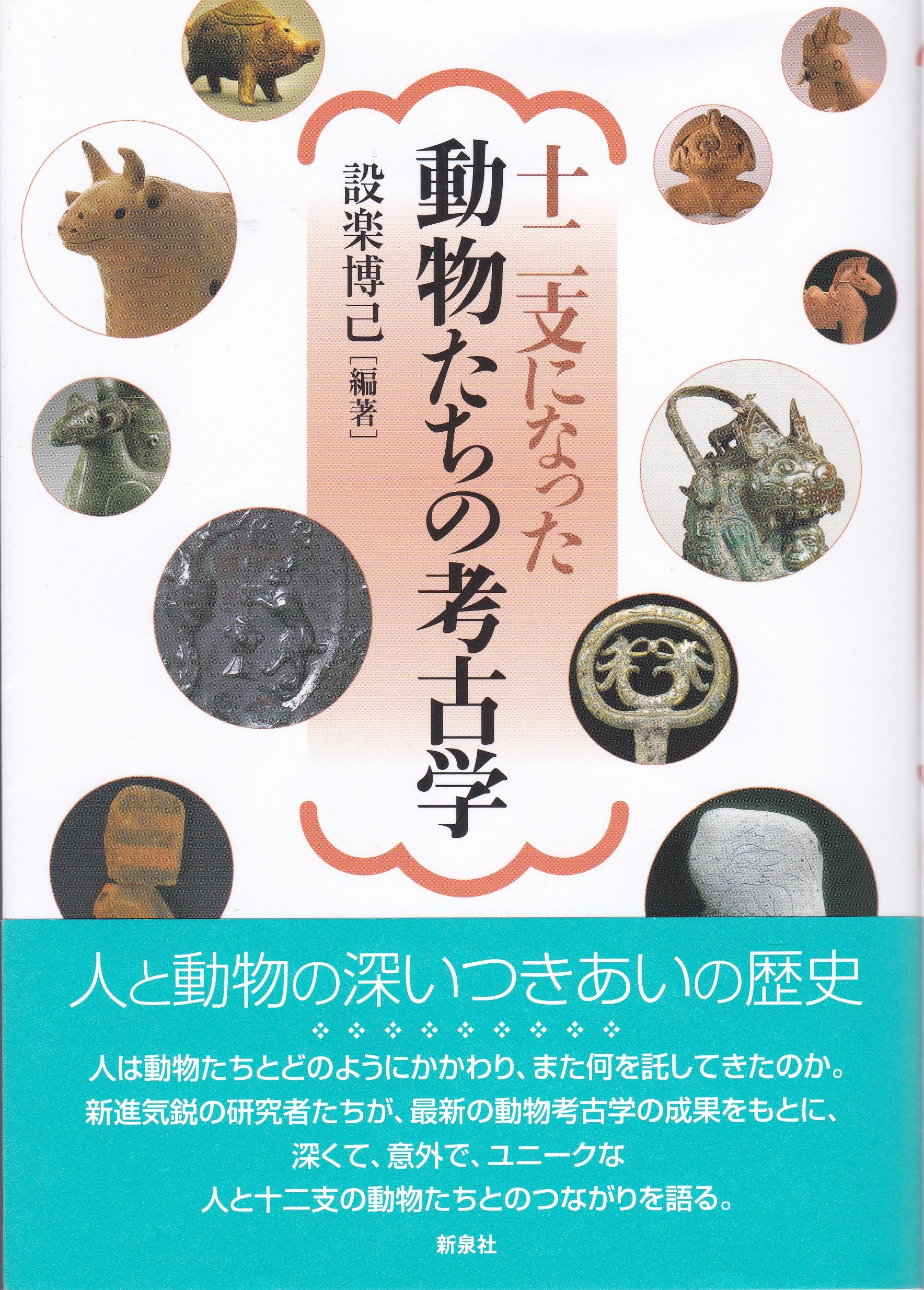
Title
Indai-Seidouki no Seisan-Taisei (The Bronzeware Production System in the Shang Period - Specialization in Bronze Workshops through the Production of Bronzeware and Inscriptions)
Size
209 pages, hardcover
Language
Japanese
Released
May, 2017
ISBN
9784864450874
Published by
Rokuichi Shobo
Book Info
See Book Availability at Library
Japanese Page
The bronzeware of ancient China is thought to have been a symbol of kingship in the Shang and Zhou dynasties and to have been used in religious rites performed by the royal family. Therefore, the study of bronzeware in these periods is indispensable for understanding society at that time. This book discusses the production system of bronzeware during the Shang period through an archaeological analysis of bronzeware and other archaeological materials as the first step in the study of Shang and Zhou bronzeware.
Classical books such as Shiji describe the existence of kings and dynasties during the Shang and Zhou periods and the ritual use of bronzeware. The existence of a “production system” of bronzeware by the dynasty has been considered to be self-evident. However, the actualities of this system remain unclear. Additionally, the characteristics of some pieces of bronzeware that were recently unearthed through excavations in China differ from those hitherto known, and evidence has been found of the production of bronzeware outside the capital of the Shang period.
Bronze is an alloy of copper and tin. Bronzeware in ancient China, including vessels, musical instruments, and weapons, incorporates extremely complex and exquisite shapes that were cast through pouring melted bronze into clay molds. This book undertakes a systematic analysis of bronzeware from three perspectives: the shape, decorative patterns, and mold production techniques of bronzeware. It also examines the shape and mold production techniques of bronze inscriptions. Results suggest that some groups of craftsmen worked in the capital of the early stage of the Shang period, which was located in the Yellow River basin, and that by the late stage of the Shang period, a specialization system based on the use and type of vessel and including a production system for inscriptions, was gradually organized.
Further, a comparison bronzeware unearthed in the Changjiang River basin and that found in the Yellow River basin and the collection of archaeological evidence related to the casting of bronzeware within the range of the Shang indicate that, in the early stage of the Shang period, several centers for the production of bronzeware may have existed, while in the late stage of the Shang period, the bronzeware production may have been concentrated in the capital. If bronzeware was also produced outside the capital, it will presumably become necessary to rethink our understanding of the retention and spread of the casting techniques and the management of metal resources in the Shang period.
This book is also characterized by its research method. Previously, bronze inscriptions have been regarded as historical materials. In contrast, in this book, bronze inscriptions are reconsidered as “things” produced at the time and are treated as a material that can be used to approach the topic of bronze production.
This book is based on my doctoral dissertation at the University of Tokyo. It includes some content written about the investigation of ancient Chinese bronzeware stored in this university when I was a graduate student. The University of Tokyo holds many resources for research and study on Asia. I would encourage readers to find an opportunity to take advantage of such readily accessible materials in this university. Many discoveries and fresh perspectives undoubtedly await you.
(Written by SUZUKI Mai, Assistant Professor, University of Tokyo Library System / 2022)



 Find a book
Find a book


